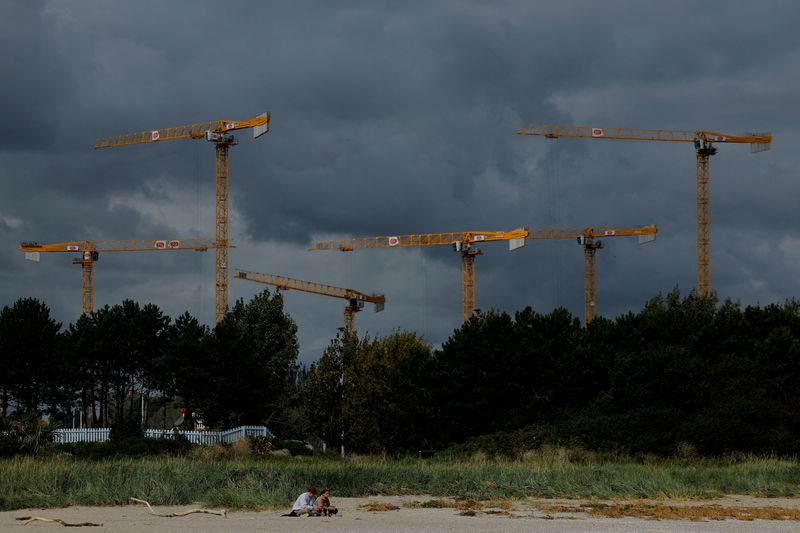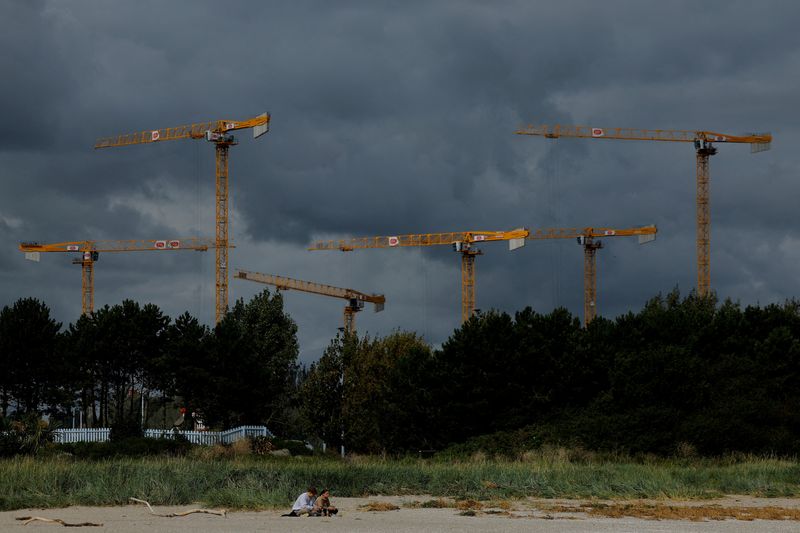
DUBLIN (Reuters) – Ireland faces significant challenges to make construction more financially and practically viable to build the 52,000 homes needed per year from now until 2050 to catch up on a decade of undersupply, the country’s central bank said on Wednesday.
Housing has been the top political issue for years. A slow rebuilding of the construction sector after a 2009 property crash has led to house prices and rents outstripping income growth at a time when the population is growing faster than expected.
While supply reached a 15-year high of almost 33,000 units last year, the central bank estimated on Wednesday that it would dip to 32,000 this year before reaching 39,000 in 2026. It said clear policy changes were needed to go beyond 50,000.
This hinges on a number of interconnected areas: revamping of complex planning processes, a near doubling of development finance, improved construction productivity and the availability of more zoned and serviced land, particularly in Dublin, the analysis said.
“It is a significant challenge,” the central bank’s director of economics Robert Kelly told reporters, adding that government plans to reach 50,000 units a year will not work without sufficient improvements in each area.
The report recommended that public capital investment should be focussed on infrastructure and directly funding more serviced land, that the state should incentivise the adoption of modern construction methods to boost low productivity and scale, and use its balance sheet to boost private equity investment.
It said the “significant economic costs” of policy inaction prolonging the supply and demand imbalance included a higher cost of living and a higher cost of doing business that could damage Ireland’s standing as a hub for foreign direct investment.
In the regular quarterly update to its economic forecasts, the central bank also said on Wednesday that the outlook for economic growth and inflation were broadly unchanged since June, with modified domestic demand (MDD) – its preferred gauge of economic performance – forecast to grow by 2.4% this year.


